Discover our incredible story: 17 years of innovation and passion that have transformed the way celebrations are done...
Blog categories
Search in blog
Latest posts
-
 17 YEARS OF TEMPO DI FESTA – A JOURNEY OF PASSION, INNOVATION, AND A CELEBRATION REVOLUTION 13/02/2025Read more
17 YEARS OF TEMPO DI FESTA – A JOURNEY OF PASSION, INNOVATION, AND A CELEBRATION REVOLUTION 13/02/2025Read more -
 Welcome February: The Month of Love, Celebrations, and Our 17th Anniversary 02/02/202521/01/2025Posted in: Community549 views 0 LikedRead more
Welcome February: The Month of Love, Celebrations, and Our 17th Anniversary 02/02/202521/01/2025Posted in: Community549 views 0 LikedRead moreFebruary is a special month at Tempo di Festa: we’re celebrating Valentine’s Day and our 17th anniversary. Take a...
-
 A Coquette-Themed Birthday for My 14-Year-Old Daughter 21/01/202521/01/2025Posted in: Events235 views 0 LikedRead more
A Coquette-Themed Birthday for My 14-Year-Old Daughter 21/01/202521/01/2025Posted in: Events235 views 0 LikedRead moreIf you’re looking for a romantic and feminine inspiration for a cozy birthday at home, check out this “coquette”...
-
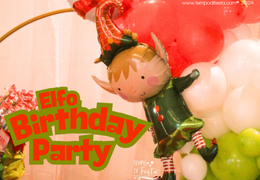 A Festive Elf-Themed Birthday for Twins Massimo and Valentina20/01/2025Posted in: Events149 views 0 LikedRead more
A Festive Elf-Themed Birthday for Twins Massimo and Valentina20/01/2025Posted in: Events149 views 0 LikedRead moreIf you’re looking for a cheerful December birthday idea, let yourself be inspired by the elf-themed celebration we...
-
 An Elegant and Delicate Confirmation20/01/2025Posted in: Events185 views 0 LikedRead more
An Elegant and Delicate Confirmation20/01/2025Posted in: Events185 views 0 LikedRead moreIf you’re looking for elegance and originality for a special event, get inspired by our latest setup in the province...
Popular posts
-
 How to make a Little Donkey Piñata, Mexican Parties 2019/10/1814/10/2019Posted in: DIY projects26311 views 7 comments 0 LikedHow to make a Little Donkey Piñata, Mexican PartiesRead more
How to make a Little Donkey Piñata, Mexican Parties 2019/10/1814/10/2019Posted in: DIY projects26311 views 7 comments 0 LikedHow to make a Little Donkey Piñata, Mexican PartiesRead more -
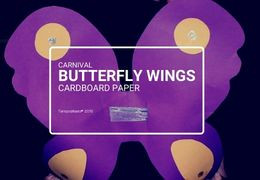 How to create cardboard paper Butterfly Wings 2015/02/201621/04/2020Posted in: DIY projects15256 views 0 LikedWe’ll make cardboard paper Butterfly Wings, a last minute idea for a carnival costumeRead more
How to create cardboard paper Butterfly Wings 2015/02/201621/04/2020Posted in: DIY projects15256 views 0 LikedWe’ll make cardboard paper Butterfly Wings, a last minute idea for a carnival costumeRead more -
 Customized party inspired by Spirit 07/31/201904/10/2019Posted in: Our party kits14595 views 2 comments 0 LikedCustomized party inspired by Spirit Stallion of the CimarronRead more
Customized party inspired by Spirit 07/31/201904/10/2019Posted in: Our party kits14595 views 2 comments 0 LikedCustomized party inspired by Spirit Stallion of the CimarronRead more -
 Masha and the Bear theme party 02/23/201830/09/2019Posted in: Community13444 views 0 LikedTo celebrate the 2nd birthday of her daughter, her mom organized a Masha and the Bear theme partyRead more
Masha and the Bear theme party 02/23/201830/09/2019Posted in: Community13444 views 0 LikedTo celebrate the 2nd birthday of her daughter, her mom organized a Masha and the Bear theme partyRead more -
 How to create the tin man 11/07/201728/09/2019Posted in: DIY projects12874 views 0 LikedHow to create the tin man from The Wizard of OZ using old tins, a very creative recyclingRead more
How to create the tin man 11/07/201728/09/2019Posted in: DIY projects12874 views 0 LikedHow to create the tin man from The Wizard of OZ using old tins, a very creative recyclingRead more


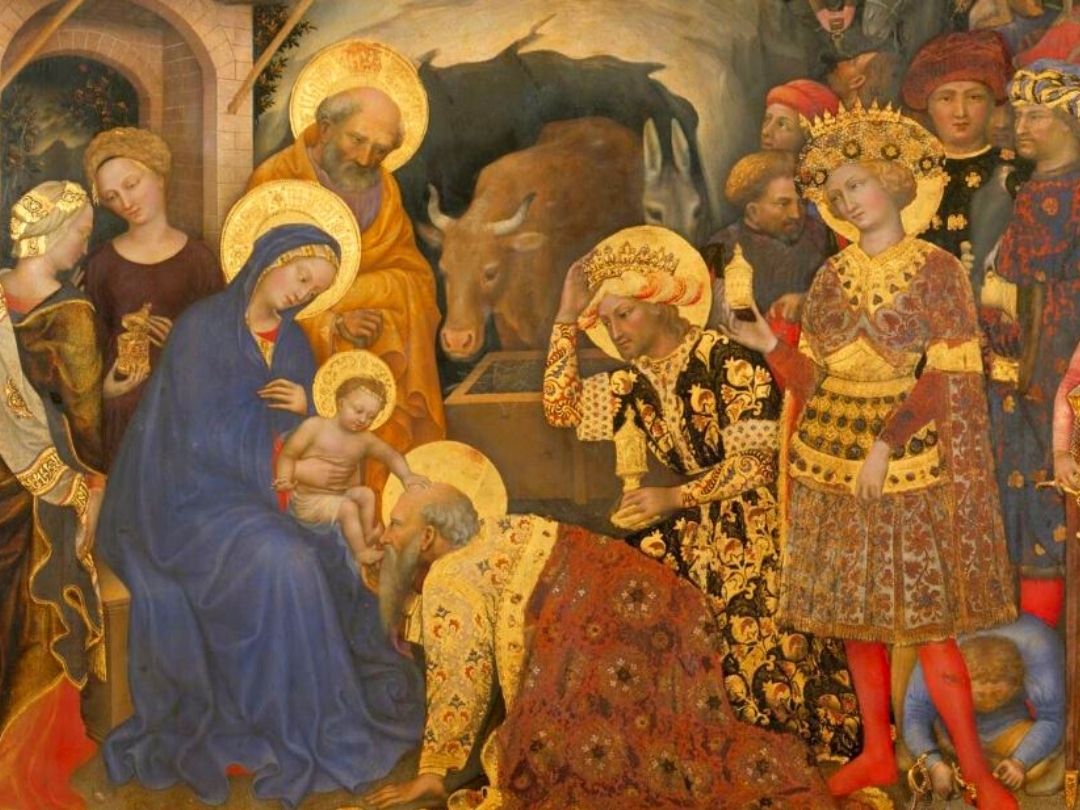
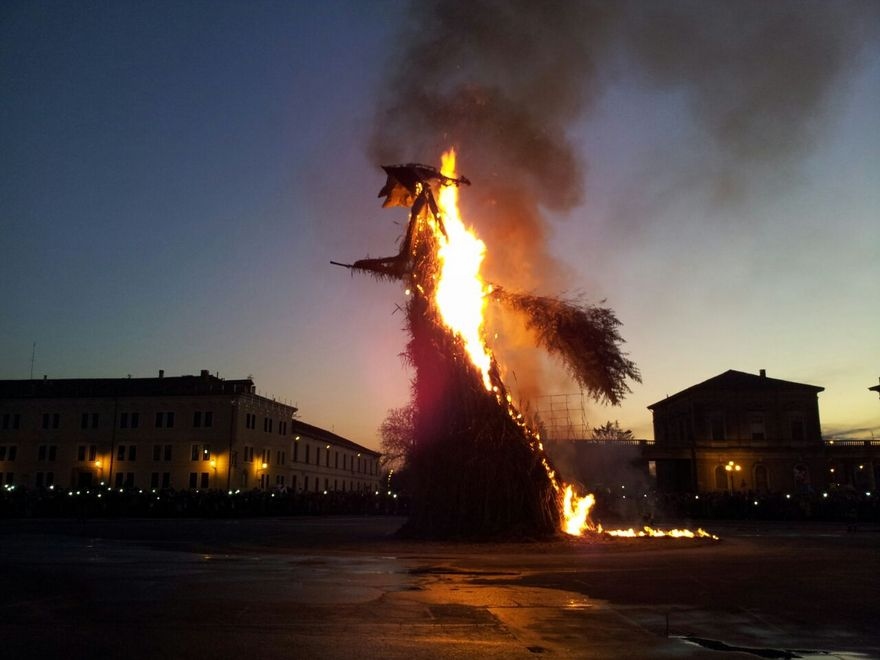
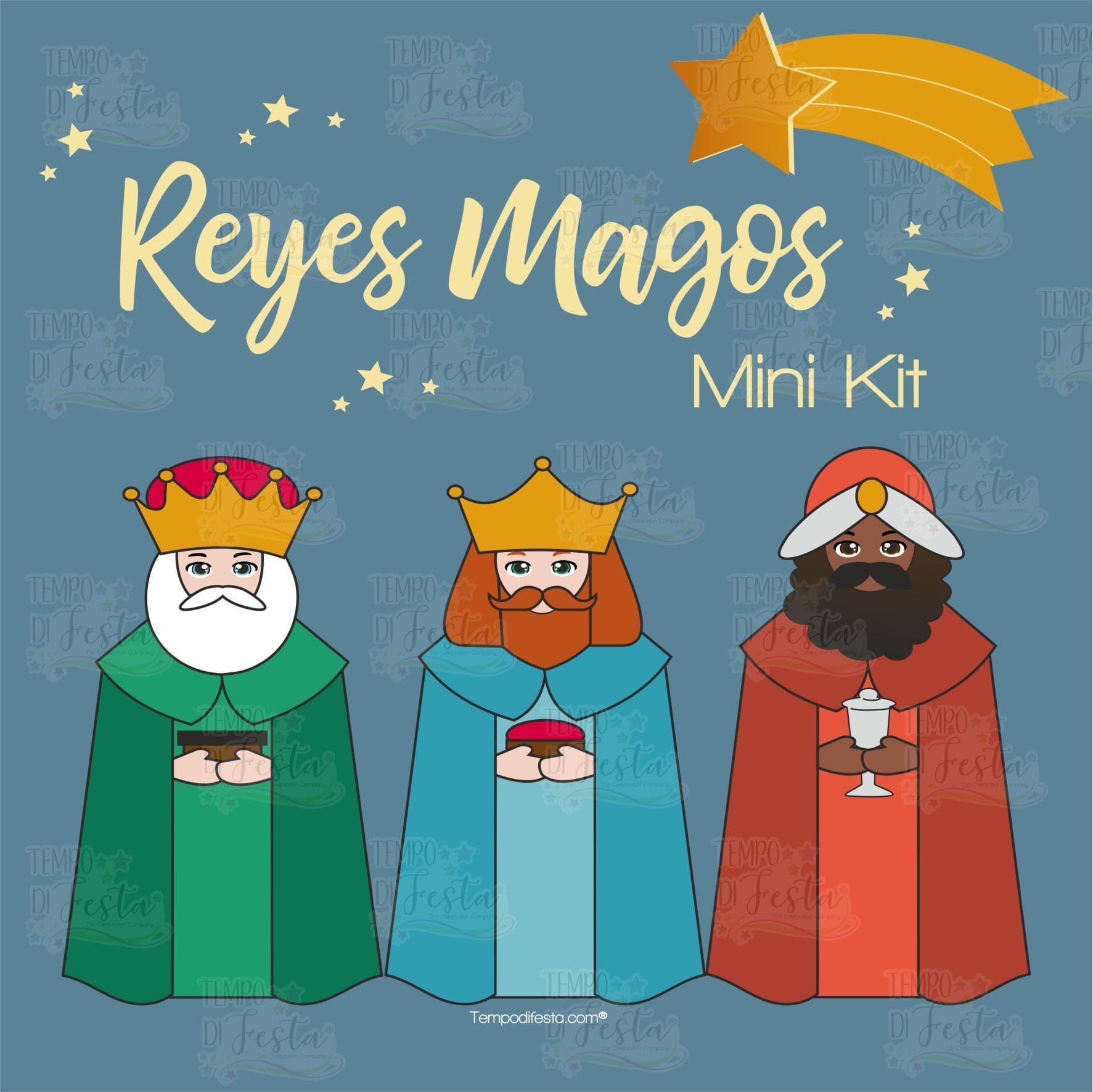
Latest comments